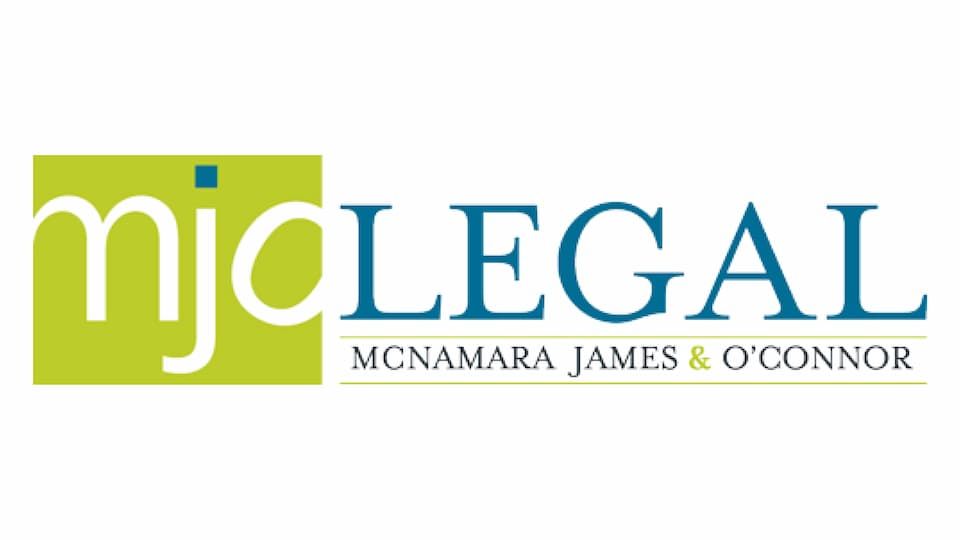Replacing a Trustee of a Bankrupt Estate

Following a creditor’s petition and upon the making a sequestration order, a trustee will be appointed to the bankrupt’s estate to manage their financial affairs. Despite the trustee holding a ‘public duty to efficiently administer the bankrupt estate’,[1] it may be the case that the trustee is not progressing or taking appropriate steps to expedite the administration of the estate. In such circumstances, a creditor of the estate can apply to remove the trustee through either a resolution at a meeting of the creditors or alternatively through the streamlined method for replacing a trustee under section 181A of the Bankruptcy Act 1966 (Cth).
Resolution of the Creditors
A trustee can be removed, and a new trustee can be appointed following a resolution at a meeting of the creditors. Creditors of an estate can convene a meeting by resolution or where at least 25% in value of the creditors direct the trustee to do so. The value of the creditors is determined by reference to the value of the known creditors’ claims. 5 business days must have lapsed between giving notice and holding the meeting.
Where a meeting is convened, the creditor(s) seeking to remove the trustee should request that the trustee make a motion for removal and appointment of a trustee and importantly, should nominate a trustee they wish to appoint. The creditor(s) should ensure that the proposed trustee has consented to their appointment and if appointed, would not be in a position of conflict.
Where a meeting of the creditors is convened, the trustee will table the motion to replace themselves as trustee and appoint a new trustee in their place. The resolution to replace the trustee will pass where either a majority of the creditors voting or majority in value of the creditors voting vote in favour of the resolution. Following a successful resolution, the existing trustee will be removed, and the new trustee will take their place as trustee of the bankrupt’s estate.
Streamlined Method for Replacing Trustee
Alternatively, the Bankruptcy Act establishes a streamlined method for replacing a trustee. Through this method, a trustee of a bankrupt’s estate may, with the written consent of another trustee, nominate that other trustee to take over the role of trustee.
Under the Act, the trustee, when appointing a new trustee, must give notice to all creditors stating the date on which the proposed trustee is to be appointed and that any objection to the appointment must be given in writing at least 2 days before the date of appointment. If the trustee does not receive any objection to the appointment, the new trustee will assume their position as trustee of the bankrupt’s estate on the date of appointment.
The benefit of this streamlined method is there is no need for the trustee to convene a meeting of the creditors and there is no requirement to pass a resolution of the creditors which may be difficult to achieve where there are several larger creditors.
If you have concerns that a trustee is failing to uphold their duty and is not taking the appropriate steps to administer the bankrupt’s estate, the experienced team at CJM Lawyers can advise you of your options and guide you through the process to remove a trustee, ensuring that your interests as a creditor are protected.
Disclaimer: This article is for general understanding and should not be used as a substitute for professional legal advice. Any reliance on the information is strictly at the user's risk, and there is no intention to create a lawyer-client relationship from this general communication.























